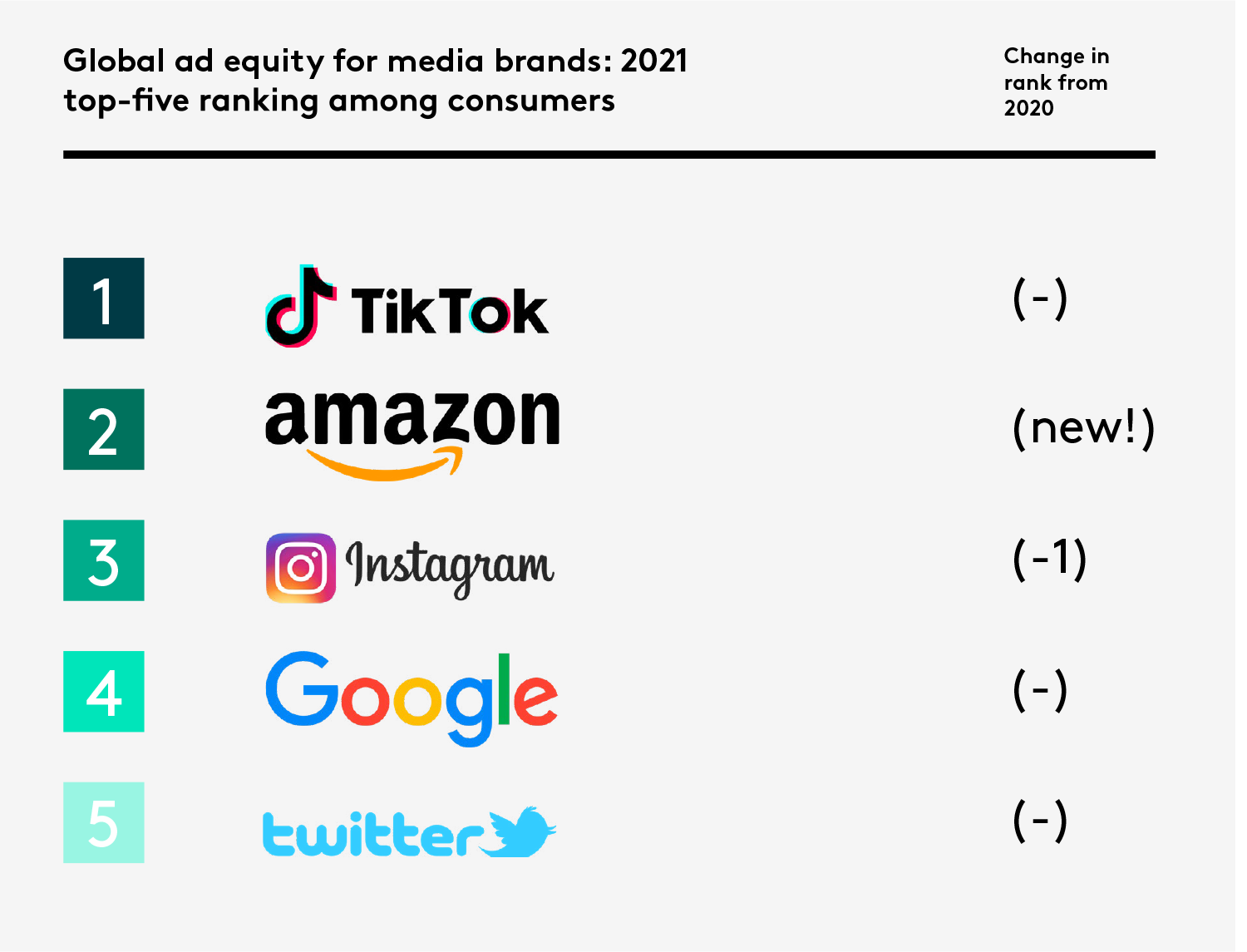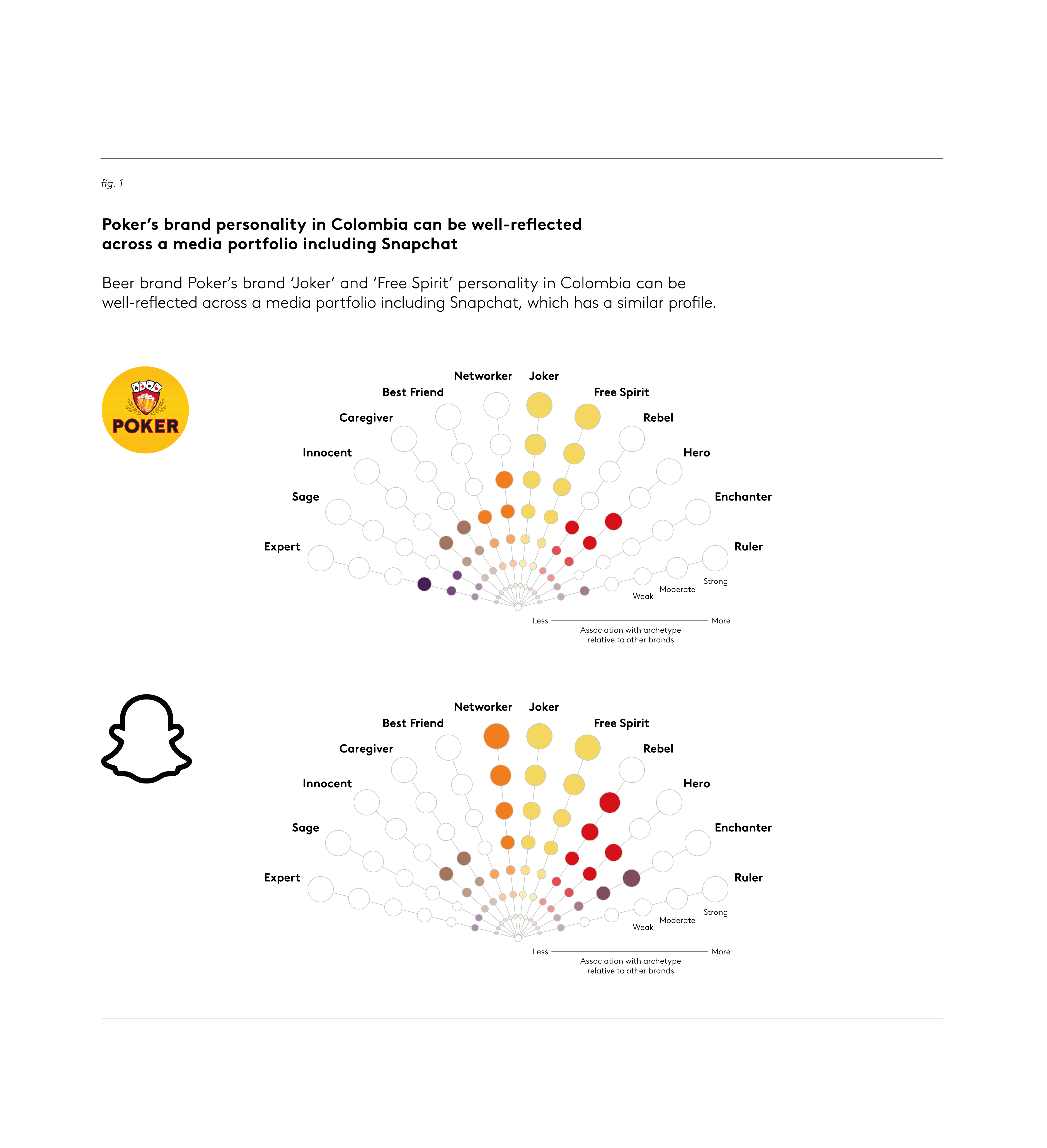Brands need to have a clear strategy for their media choices. This is partly to avoid risk and potential backlash. But it’s also to create positive alignments between the brands’ ads, and the environments they are delivered in.
Tonal match is important – and tonal mismatch can be a momentum killer. When Applebee’s light-hearted boneless wings ad aired during CNN’s online coverage of the Russia-Ukraine war, the ensuing online criticism highlighted the need to consider alignment once again.
We know from Kantar BrandZ that brands with Purpose (‘making peoples’ lives better’) outperform those without. We analysed the 94 global brands that we have brand values for in 2006 and 2018, and found the top third for Purpose (High Purpose brands) grew more than double over that period than the bottom third (Low Purpose brands).
Choosing the right media partners
There are many ways that brands can make mistakes these days. What’s more, social media makes these mistakes more immediately public. What this means is that brands should question every decision they make, including their choices of media partners and whether their values are aligned.
Brand Purpose has come a long way since the days of picking a single cause that would resonate with consumers and following that cause for the sake of reputation. Brand Purpose is now pervasive across all aspects of a brand’s marketing. And authenticity is now key when communicating Purpose to your consumers.
A brand’s actions may find their way to the public consciousness through different touchpoints – but advertising is one place where brand personality is conveyed routinely.
Today, advertisers have a responsibility to ensure they are not seen as impostors, whether the goal at hand is supporting a social cause, or communicating their identity in an authentic way. But the reputations of media brands that host this advertising online can also affect how authentically a message is received. That’s true whether the media brand in question is an established player like Facebook, Amazon, or Google, or a newer player like TikTok or Snapchat.
The shifting reputations of these media brands can sometimes make advertisers feel uncertain. According to Kantar’s 2020 Media Reactions survey, for instance, some 41% of marketers believe that many online platforms don’t adequately balance the right to free speech with a need to protect the safety of its users and advertisers.
Good choices by media owners in the way they emotionally engage consumers can go a long way to building advertising equity – this reputational boost is the advertising equivalent of Brand Power for media advertising platforms. For advertisers themselves, understanding the emotional valences of not only their category, but also their media partners, is now key.
What is ad equity?
‘Ad equity’ is a Kantar metric that quantifies attitudes towards a media platform’s advertising programme. It can be measured both in terms of consumer preferences (i.e., consumers’ attitudes toward advertising on the platforms they use recreationally), and in terms of marketer preferences (i.e., marketers’ attitudes toward the platforms they pay to advertise on).
Top ranking media brands
First, the consumer sentiment data. In 2021, online video sharing brand TikTok led the way in terms of consumer ad equity globally. Out of 23 markets surveyed, 19 of them (including Brazil, China*, South Africa, UK, and US) chose TikTok as the most fun and entertaining ad platform. And five markets saw it as the platform with the most innovative advertising.
Amazon, rated number two globally, had a completely different profile compared to TikTok. Most notably, in markets such as Germany, Mexico, Spain, the US and the UK, Amazon was seen as the platform with the most relevant and useful advertising.

The marketer’s perspective
Consumer sentiment is important for brands looking to choose where to place their advertising - but they should also take into account the views the marketing professionals who’ll ultimately produce and broker the advertising itself. And it turns out that marketers’ ranking of media brand ad equity is fairly different from consumers.
Neither TikTok nor Amazon make marketing professionals’ top five. Instead, Instagram leads the pack, as marketers think it has especially high ad receptivity (how receptive consumers feel to advertising on a platform). Among marketers, Instagram also enjoyed a balanced perception of ‘trustworthy’ versus ‘innovative’ advertising on its platform.
Marketers’ number two brand for ‘ad equity’, YouTube, is seen as having particularly trustworthy advertising. TikTok is perceived as the most innovative advertising platform according to marketers. However, marketers want innovation to be balanced by a high trustworthiness perception as well – and for them, TikTok isn’t quite there yet.
Now the question for non-media brands becomes: Which constituency should matter most when conceiving of an online marketing campaign – consumers or marketers? When choosing a digital media platform to advertise on, which attributes should matter most: fun, trustworthiness, innovation – or some other characteristic entirely?
The key to unlocking these dilemmas is to first understand your own brand personality archetype – which you can then match with a media platform. Your own brand personality will be based on the emotional engagement that consumers have with your brand. BrandZ’s validated NeedScope brand personality archetypes can serve as guidelines here. For one example as to how, see the infographic below.

Advertiser brands that have more extroverted brand personality types themselves are likely to want to align more with innovative media brands. These are generally classified as falling under Rebel, Hero, Free Spirit, or Joker archetypes.
More cautious, introverted brands will place greater importance on trustworthy advertising environments. They may prefer to be associated with media brands that have Expert, Sage, Innocent or Caregiver archetypes.
It’s important to note is that there is no one ’correct’ personality type. The best fit comes down to your campaign objectives. Being a Joker, for example, suggests being a fun and playful platform - like TikTok or Snapchat. It is equally legitimate, however, to connect with consumers using a wise and knowledgeable Sage brand like Google, or a competent Expert like Amazon. The stronger your archetype, the more this personality will be reflected in the media halo effect for advertisers.
Getting media right
So, while advertisers need to take responsibility for their actions in marketing and media – it’s not enough to give the media agency a brief and to consider the job is done. Brands need to consider every aspect of their choices: Not just what to avoid, but what to actively seek out in advertising and media partnerships.
It is important for advertisers to match brand personality and campaign objectives to those of their media partners. The next step is to ensure that the right advertising appears in the right context. Each ad can be tested for fit to the chosen platforms.
Kantar’s Context Lab can help optimise ads across digital contexts and ensure your media partner fits your brand personality and campaign objectives. And this is possible in results in as few as 24 hours via Kantar Marketplace. Direct comparisons can be made between paid digital media, influencer content and more, measuring both creative performance and brand impact. Top-notch marketing tools can highlight harmonic media partnerships and alleviate the risk of backlash.
Media Reactions 2022 launched on 7 September 2022. Watch the on-demand webinar to discover the top-ranking media brands this year – from a consumer and marketer perspective. And much more. Based on new insights from around 18,000 consumers in 29 markets and 1,000 marketers worldwide.



